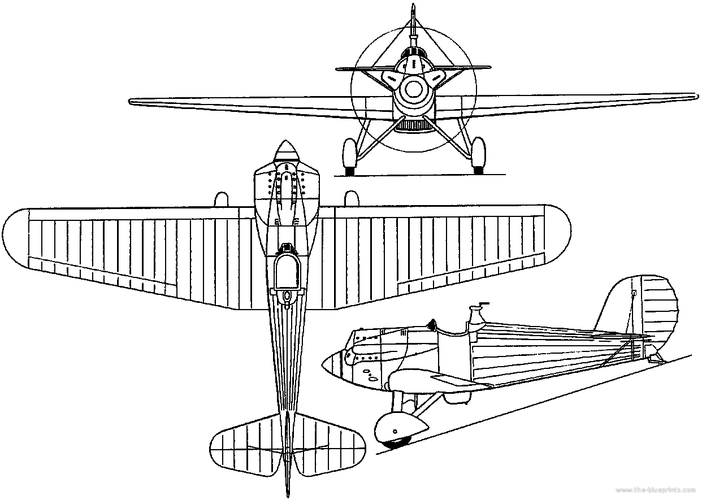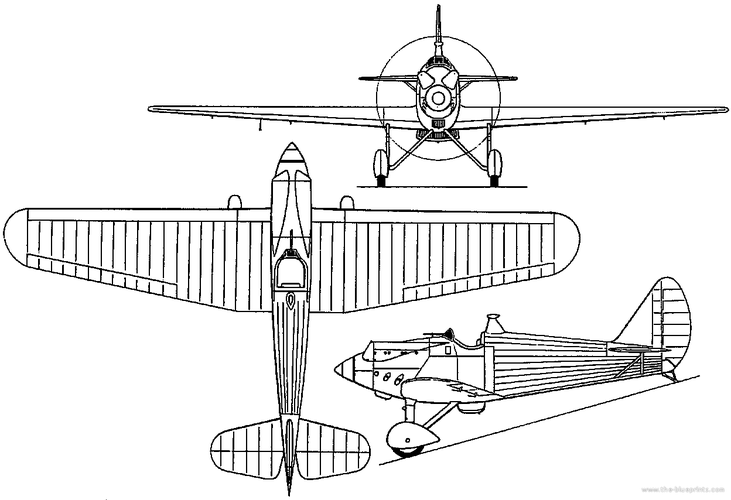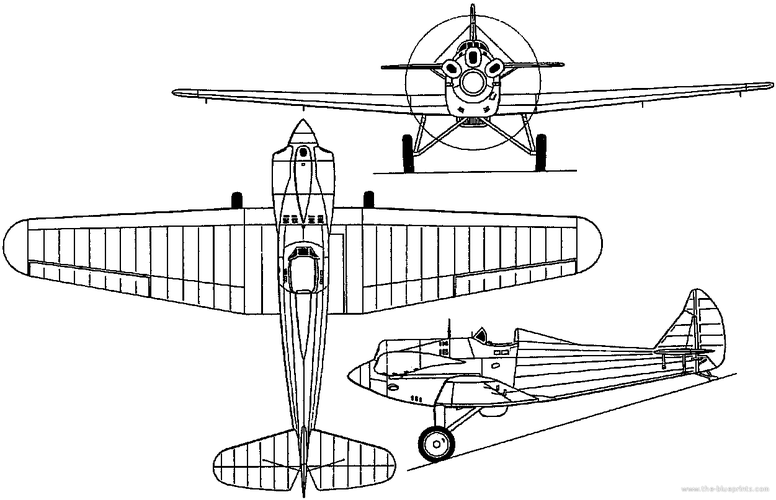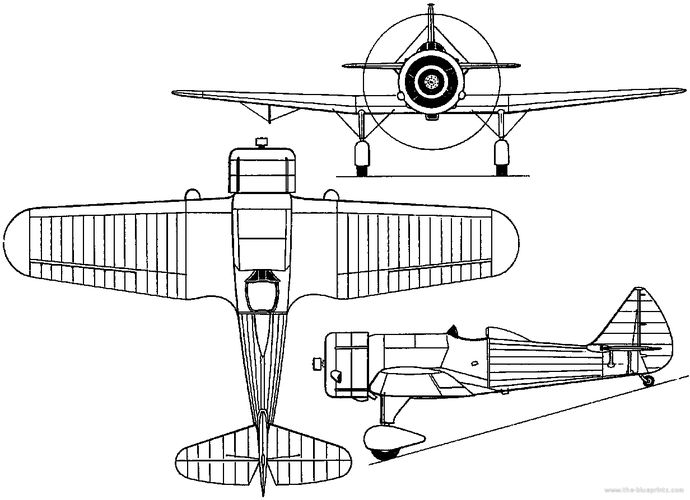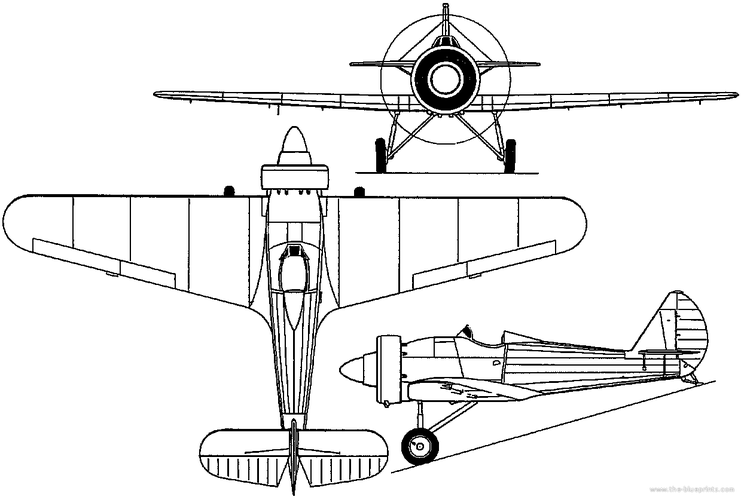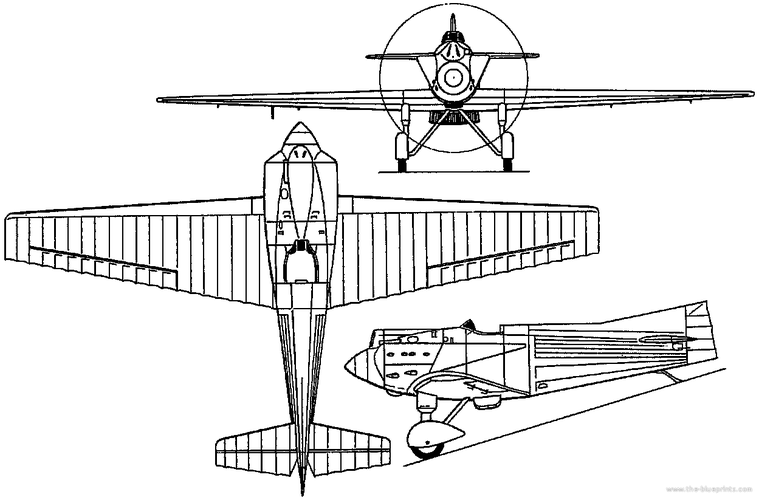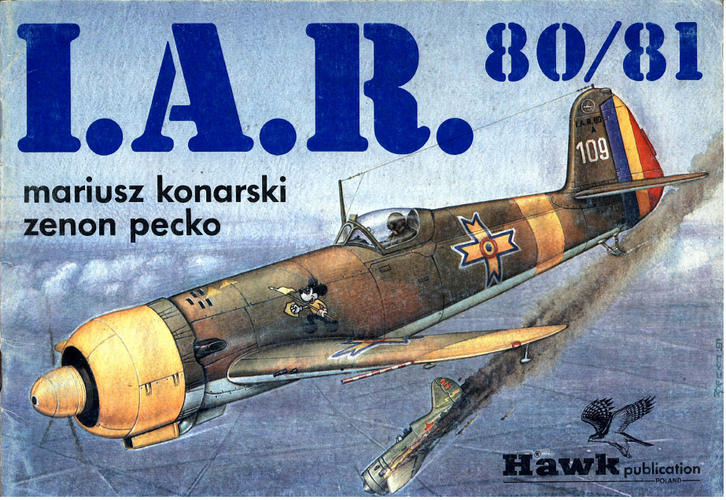The IAR-81B was a little known variant,
Latest version of BoPi. Produced in 10 pieces from numbers 291 to 300. Armament as in the "81A" version. It uses the improvements that characterize I.A.R. 80C. Other data as in version "81A".
The problem with this 'IAR 81B' notion is that
all IAR 80/81 serial numbers are accounted for (see below). This includes the quoted
Numerele 291 to 300 - that
Serie of BoPi all being designated as IAR 8
0Bs.
Numerous publications have also associated this 'IAR 81B' with the 241-250
Serie IAR 80C. The source of that confusion seems to spring from this
serie originally being intended as BoPi but being built as fighters. But those 241-250
Serie airframes were never designated anything other than IAR 80C.
Regia Autonomă I.A.R. (Brașov) IAR 80/81 Serial Numbers
1-20
Serie IAR 80 : 1,000 hp IAR K-14 III C-36;* 4 x Browning FN 7.92 mm guns
- * The IAR 14K IIC-32 (IIc32) was the specified engine in the 18 Dec 1939 contract
21-50
Serie IAR 80 : 1,000 hp IAR K-14 IV C-32; 4 x Browning FN 7.92 mm guns
- Reinforcing band riveted to the fuselage exterior at station V; Goerz gunsight
-- IAR 80
nr. 50 tested with twin underwing bomb racks
51-75
Serie IAR 80 : Lengthened fuselage; standardised on IAR 80 no. 50 mods
- IAR 80
nr. 75 modified on production line as prototype BoPi variant
76-90
Serie IAR 80A: 1,000 hp IAR K-14 IV C-32; 6 x Browning FN 7.92 mm guns
- First 6-gunned variant; fitted with IAR 80
nr. 75's modified flaps as standard
91-105
Serie IAR 81 : Production BoPi variant;* 1 x 225-250 kg bomb cradle
- * BoPi airframes incorporated automatic flap-retraction following bomb drop
-- From IAR 81
nr. 96, fuselage reinforcing plate was relocated to the interior
106-130
Serie IAR 80A: Distinguished from earlier IAR 80A by lateral reinforcement belt
-- IAR 80A
nr. 111 became IAR 80M testbed; trialled with 1,200 hp Junkers
Jumo 211D
131-150
Serie IAR 80A: Further fuselage reinforcement; layered armour-glass windscreen
151-175
Serie IAR 81 : BoPi; added 91-105
Serie features to 131-150
Serie base
- 151-175
Serie also featured steel-reinforced flap mechanisms for dive-bombing
176-180
Serie IAR 80A: Armament of 4 x 7.92 mm FN + 2 x 13.2 mm FN machine guns
- IAR 80A
nr. 176 swapped 2 x 7.92 mm guns for 2 x 13.2 mm FN guns (see IAR 80B)
181-200
Serie IAR 80B: As per no. 111 except 4 x 7.92 mm FN + 2 x 13.2 mm FN guns
201-211
Serie IAR 80B: As previous except mod. exhaust; 2 x underwing 100L drop tanks
212-230
Serie IAR 80A: BoPi version of 201-211
Serie; greater fuselage reinforcement
- Increased ammunition capacity for twin 13.2 mm FN Browning guns (from 300 to 350 rounds)
231-240
Serie IAR 81 : BoPi; as per 151-175
Serie IAR 81 except 2 x more bomb racks*
- Support struts for horizontal tailplane reintroduced; dive flaps modified for 75° extension
-- * Added underwing racks could accommodate 2 x 50 kg bombs or 2 x 100L drop tanks
241-250
Serie IAR 80C: Planned as a BoPi variant but completed as fighter-interceptors
- IAR K 14-1000 A; fixed armament of 4 x 7.92 mm FNs + 2 x 20 mm Ikaria (Oerlikon) guns
251-290
Serie IAR 80C: As 241-250
Serie IAR 80C but with self-sealing fuel tanks
- 251-290
Serie also distinguished by second oil cooler & modified pilot's head rest
291-300
Serie IAR 80B: BoPi variant; as per 181-200
Serie but with IAR 80C mods
- 291-300
Serie IAR 80B differentiated by addition under-fuselage 225 kg bomb rack
-- Note: Some sources list the 291-300
Serie as being IAR 80A models
301-450
Serie IAR 81C: Begun as BoPi series fighter-bombers; last delivered as fighters
- IAR K 14-1000 A; fixed armament of 4 x 7.92 mm FNs + 2 x 20 mm Mauser MG151/20 guns
-- Note: Some sources list this as the 301-461
Serie, perhaps for incomplered IAR 80Cs
NB: The IAR 80M and postwar IAR 80DC were purely conversions of existing airframes.

